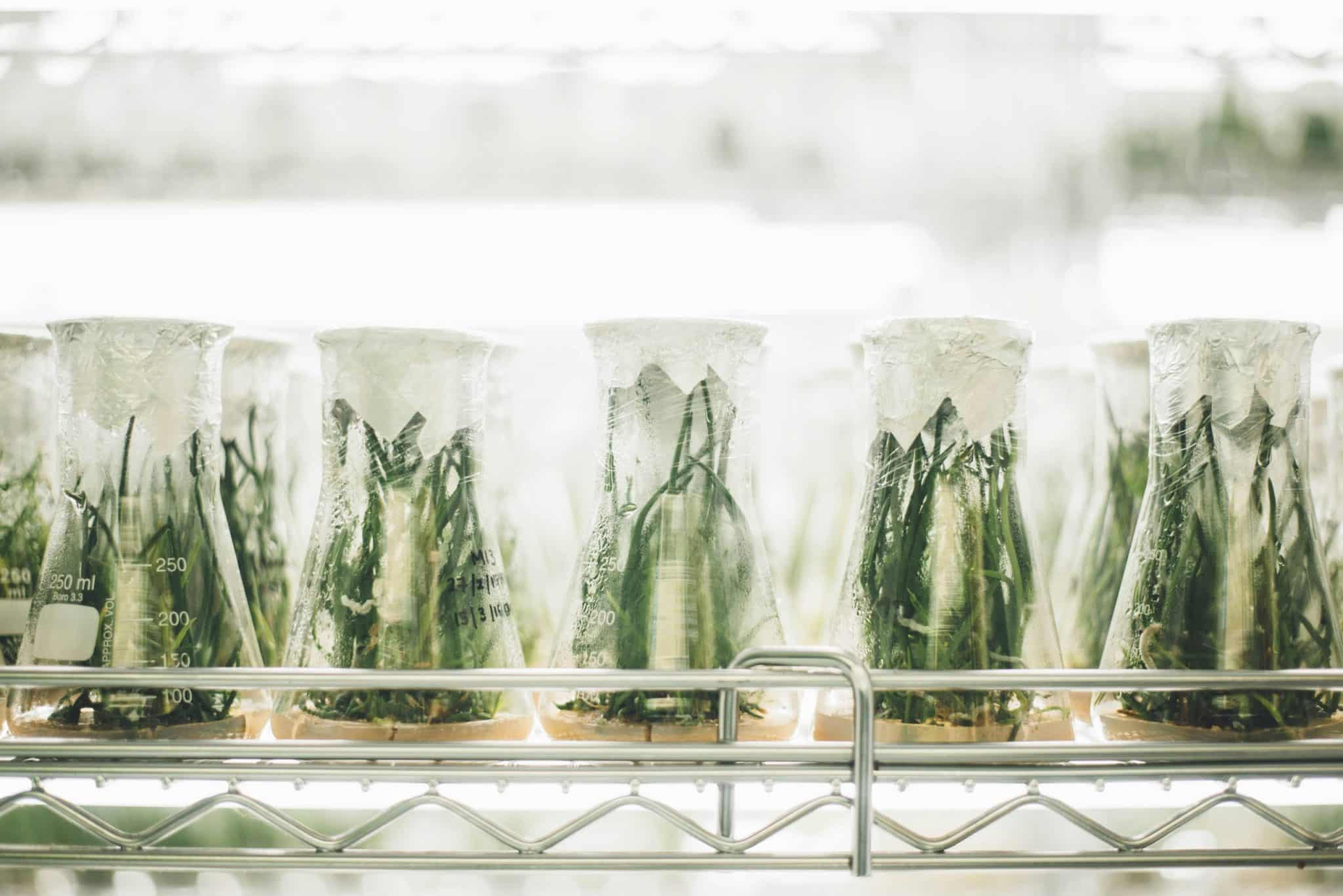Lab-Grown Pearls: CRISPR-Edited Oysters Produce Geometric Shapes
For centuries, pearls have been prized for their beauty and rarity, with natural pearls being a symbol of wealth and luxury. However, advances in technology have paved the way for lab-grown pearls, which offer a more sustainable and ethical option for jewelry enthusiasts. But what if we told you that these pearls are not only lab-grown, but they also come in geometric shapes? This may seem like something out of a science fiction novel, but with the help of CRISPR technology, oysters are being genetically modified to produce stunning, unique pearls. Let’s dive into the fascinating world of lab-grown pearls and how CRISPR-edited oysters are revolutionizing the pearl industry.
The Science Behind Lab-Grown Pearls
Before we can understand how CRISPR-edited oysters produce geometric shapes, let’s first take a closer look at how lab-grown pearls are created. In nature, a pearl is formed when an irritant, such as a grain of sand, enters an oyster’s shell. The oyster then produces a substance called nacre, which coats the irritant, eventually forming a pearl. In contrast, lab-grown pearls are created by inserting a small bead or tissue from a donor oyster into the mollusk’s reproductive organs.
By manipulating the oyster’s reproductive process, pearl farmers are able to control the shape, color, and size of the pearl. This process also results in a higher percentage of successful pearl growth compared to natural methods, where only a small percentage of oysters will produce a pearl.
The Benefits of Lab-Grown Pearls
While natural pearls are becoming increasingly rare and expensive, lab-grown pearls offer a more sustainable and affordable alternative. The process of cultivating pearls in a lab also eliminates the need for large-scale oyster farming, which can have harmful effects on the environment. Additionally, pearls grown in labs are free from impurities and imperfections, making them more desirable for jewelry making.
Furthermore, the use of CRISPR technology in the production of lab-grown pearls ensures a more precise and efficient process. This cutting-edge technology allows scientists to make precise edits to the oyster’s genome, resulting in pearls with unique and intricate patterns, such as geometric shapes.
The Role of CRISPR in Producing Geometric Pearls
CRISPR, which stands for “Clustered Regularly Interspaced Short Palindromic Repeats,” is a revolutionary gene-editing tool that has taken the world of science by storm. This technology allows scientists to make precise changes to the DNA of living organisms, opening up endless possibilities for research and innovation.
In the world of pearl farming, CRISPR technology is used to edit the oyster’s genome in a way that alters the composition of the nacre, resulting in pearls with unique shapes and patterns. By targeting specific genes responsible for nacre production, scientists can create geometrically shaped pearls, such as cubes, triangles, and rectangles.
The Future of CRISPR-Edited Pearls
As the technology continues to advance, it is likely that we will see even more intricate and complex pearl shapes in the future. The use of CRISPR technology also opens up the possibility of creating pearls with specific properties, such as glow-in-the-dark or color-changing pearls.
However, along with the excitement and potential for innovation, there are also ethical concerns surrounding the use of CRISPR technology in the pearl industry. Some argue that the manipulation of animals for the sole purpose of producing pearls is unethical and goes against the natural order of things. Others argue that as long as the welfare of the oysters is prioritized, there is no harm in using CRISPR to create unique and sustainable pearls.
In conclusion
Lab-grown pearls, with their potential for sustainability and customization, are changing the landscape of the pearl industry. With the help of CRISPR technology, oysters are being genetically modified to produce stunning pearls in a variety of shapes and patterns. While there are ethical considerations surrounding this practice, it is clear that lab-grown pearls offer a more sustainable and accessible option for those seeking the beauty of pearls. From geometric shapes to glowing pearls, the possibilities are endless. Who knows what the future holds for this ever-evolving industry?










